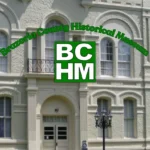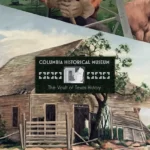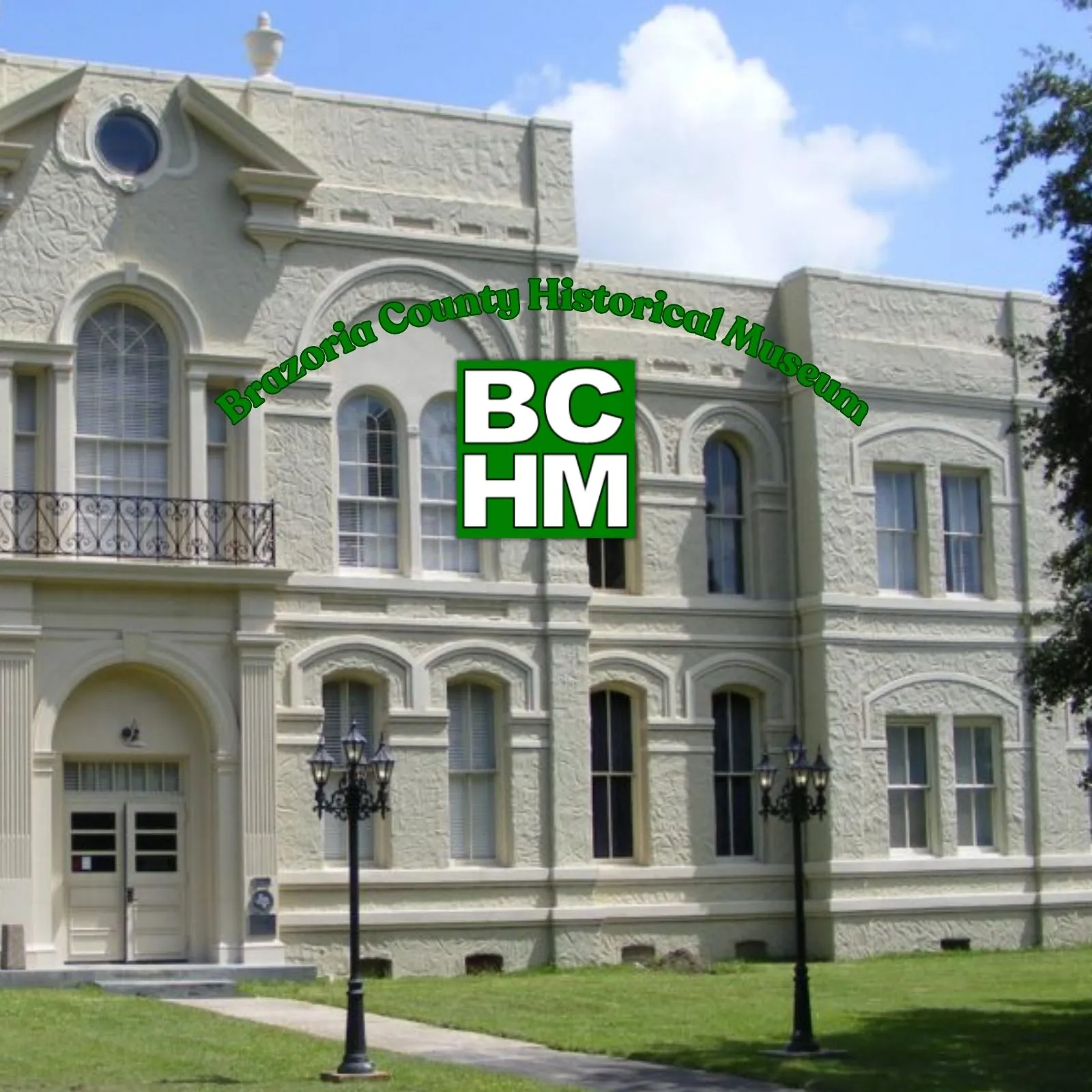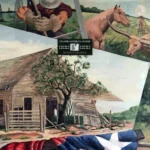Exploring the Rich History of Angleton, Texas
Angleton, Texas, serves as the county seat of Brazoria County and is a key player in the intricate tapestry of Texas history. Angleton offers a fascinating glimpse into the cultural and economic shifts of Southeast Texas. This article delves into the origins, milestones, and significant historical events that have shaped Angleton into the city it is today.
Founding and Early Development
Establishment as a Railroad Junction
Angleton was founded in 1890 as a direct result of the expansion of the Velasco Terminal Railway. Its strategic location made it a vital junction point, and it quickly became the county seat, taking over from nearby Brazoria thanks to its more central location and railway access. This early connection to the rail networks laid the foundation for Angleton’s growth, providing critical links to larger cities and markets.
Naming of Angleton
The city was named after the general manager of the Velasco Terminal Railway, George Angle, reflecting its roots as a railroad town. This naming also signified the importance of the railway system to the area’s early development and prosperity.
Economic Expansion and Agriculture
The Cotton Boom
In the early 20th century, Angleton and the surrounding Brazoria County became part of what was known as the “Cotton Belt,” reflecting the widespread cultivation of cotton in the area. The fertile land around Angleton supported not only cotton but also a variety of other agricultural endeavors, contributing to the region’s economic stability and growth.
Diversification of Agriculture
Over the years, Angleton’s agricultural focus diversified to include cattle ranching and rice farming, further boosting the local economy and providing employment opportunities for its residents. This diversification helped stabilize the local economy through fluctuations in individual crop markets.
Cultural and Social Development
Community and Institutions
As Angleton grew, so did its need for organized community services and institutions. The establishment of schools, churches, and community organizations played a pivotal role in shaping the social fabric of Angleton, fostering a sense of community and cooperation among its residents.
Celebrations and Traditions
Angleton hosts several long-standing traditions and celebrations that highlight its community spirit and cultural heritage. One of the most notable is the Brazoria County Fair, known as Texas’ No. 1 County Fair, which showcases the region’s agricultural products and livestock, along with providing entertainment and cultural activities.
Mid-20th Century to Present
Industrial Growth
The mid-20th century brought further development to Angleton with the rise of the petrochemical industry in nearby areas like Freeport and Lake Jackson. This shift brought new residents and increased economic activity to Angleton, which served as a residential hub for workers employed in these industries.
Modern Developments
Today, Angleton continues to thrive as a center of commerce, culture, and community life in Brazoria County. It has expanded its economic base and continues to attract new businesses and families drawn by its strategic location, excellent community facilities, and the quality of life it offers.
Conclusion
Angleton’s rich history from a railroad outpost to a thriving modern community is a testament to the resilience and adaptability of its residents. The city has maintained its distinctive small-town Texas charm while adapting to changes and seizing opportunities for growth and development. Its deep-rooted history is celebrated by the community and remains a core part of its identity, even as it looks to the future and continues to evolve. Angleton’s story is not just about the past; it is a continuing narrative of community, innovation, and growth, making it a unique and enduring part of the larger story of Texas.











